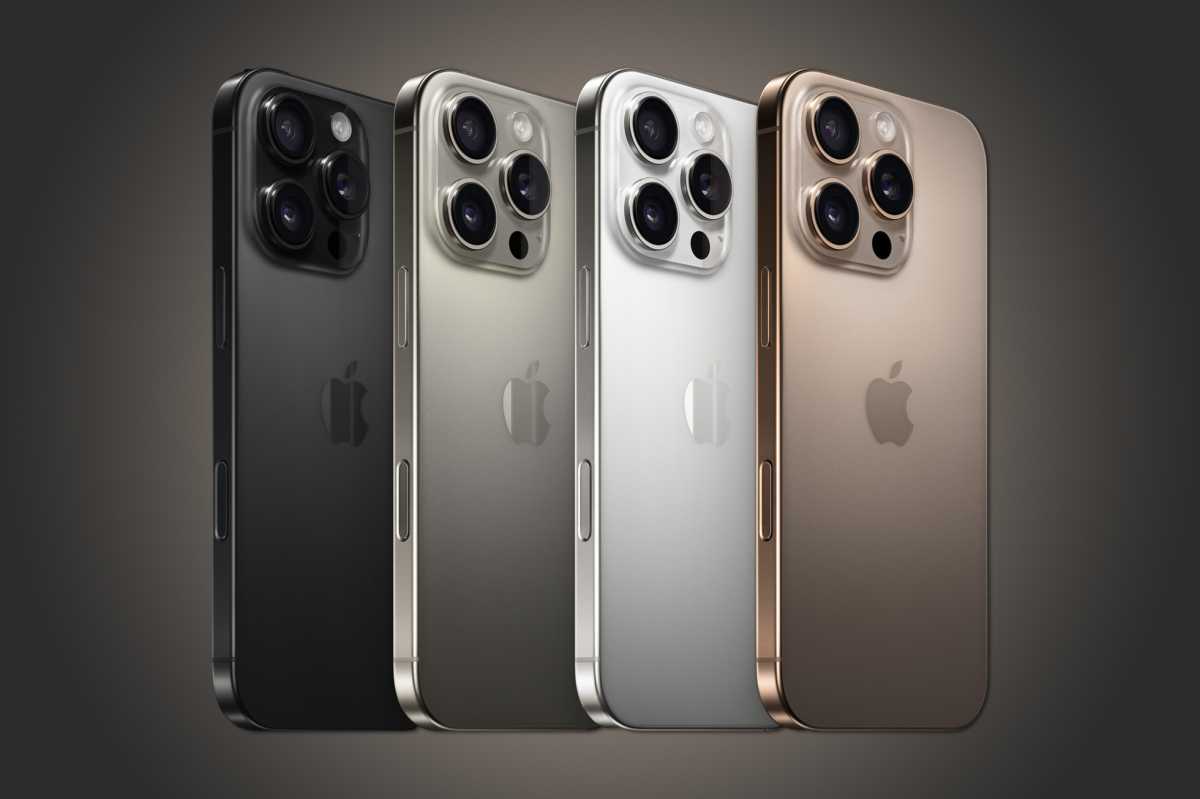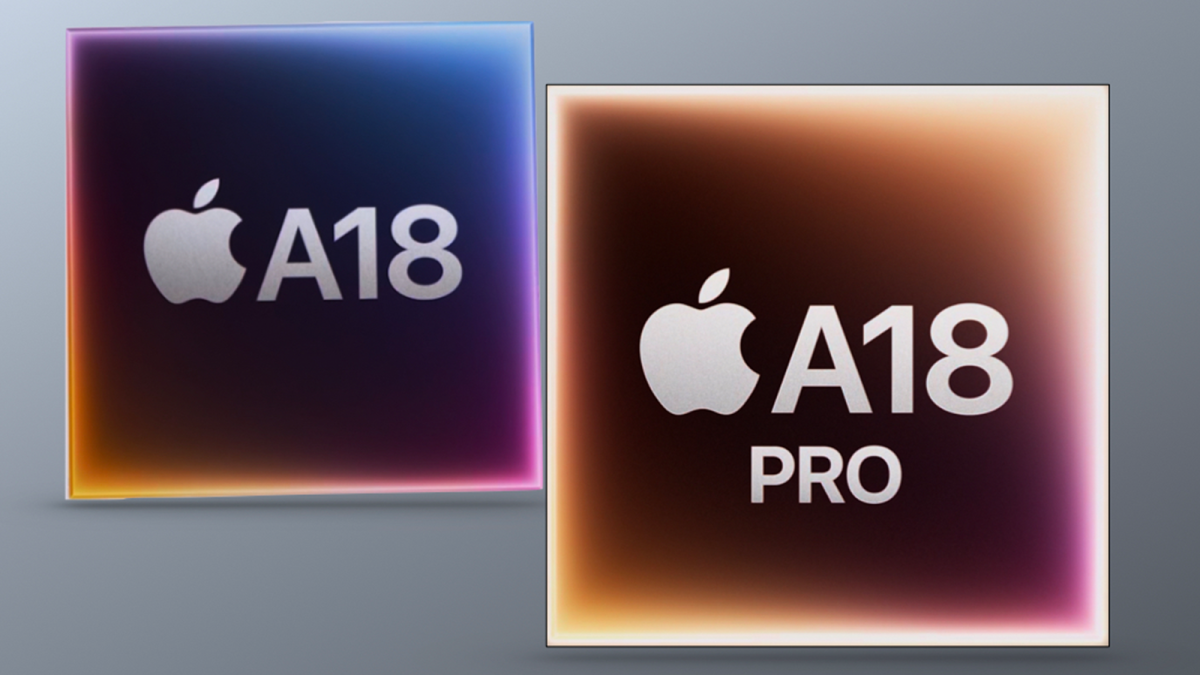After months of leaks and rumours, the iPhone 16 series is finally official.
The launch has generated plenty of excitement for Apple enthusiasts, despite the impending dent to their bank balances. However, it’s easy for more casual phone users to write off the new devices as “just the same as last year”.
But while they do have a lot in common with the iPhone 15 range, the iPhone 16, 16 Plus, 16 Pro and 16 Pro Max offer some genuinely compelling upgrades that I’m looking forward to trying.
The first one that comes to mind is Apple Intelligence, the collective name for Apple’s range of AI features that will begin rolling out later this year. As exciting as they are, AI is also coming to the iPhone 15 Pro and 15 Pro Max, so I’m not including it here.
Instead, here are four hardware upgrades that have caught my eye.
Camera Control button
When Apple adds a new physical button to its iPhone, everyone sits up and takes notice. And the new Camera Control button might be the most exciting yet.
As the name suggests, it’s designed to be used to control cameras while taking photos and videos. It can be used as a shutter button or to quickly launch the camera, but built-in touch and force sensors make it much more versatile.
Swiping across the button lets you adjust the likes of zoom, depth of field and images styles without ever needing to dive into the Settings. Apple is also opening up the feature to developers, with Snapchat already on board and other third-party developers likely to update their apps soon. It looks to be possible to use it for much more than just image and video capture, too.
Even as a casual amateur photographer, I can’t wait to get my hands on this. And, assuming it’s as good as it sound, expect something very similar on Android phones before too long.
New ultrawide camera
Apple has made lots of small upgrades to the cameras on the iPhone 16 range, but it’s the ultrawide improvements that I’m most looking forward to trying.
As someone who takes a lot of landscape photos, I really enjoy using the ultrawide lens on a phone. However, all too often it’s a big step down in quality compared to the main sensor.
The 12Mp ultrawide lens on the iPhone 15 Pro and 15 Pro Max was one of the better ones, albeit still not good as the main 48Mp camera. Apple appears to have now addressed this, equipping the iPhone 16 Pro and Pro Max with 48Mp ultrawides.

Apple
It’ll use the pixel binning technique (where four pixels are combined into one) for a 12Mp image, but the quality should be much better. Sadly, the upgrade hasn’t extended to the iPhone 16 and 16 Plus, which still have 12Mp ultrawide lenses.
A18 Pro chipset
With last year’s A17 Pro, Apple already offered arguably the best performance of any smartphone. But incredibly, Apple claims the new A18 Pro is 15% faster, which would be an incredible achievement if true.

Apple
However, that’s unlikely to make a difference for most people. What I’m more excited about are the supposed improvements to power efficiency, which would make battery life even better.
It’s also built for Apple Intelligence, with some features expected to be exclusive to the A18 Pro phones – the iPhone 16 Pro and 16 Pro Max.
Big-screen phone just got even bigger
With a 6.7-inch screen, the iPhone 15 Pro Max wasn’t exactly a small phone. But Apple has taken things to the next level with its successor. The iPhone 16 Pro Max has a mammoth 6.9-inch panel, making it one of the largest handsets we’ve ever seen.
In fact, the last phone I can remember with such a big display was the 7-inch Honor Note 10 from 2018. I tried that phone, but found it too big and cumbersome to be a realistic daily option.

Macworld
Six years later, do the slimmer bezels and lighter design make the iPhone 16 Pro Max a realistic option? I’m really not sure, but I’d like to give it a go.
As you can see, there are more exciting upgrades than you might think in the iPhone 16 series. But Apple will have to really impress for one of its handsets to top our round-up of the best phones you can buy.














